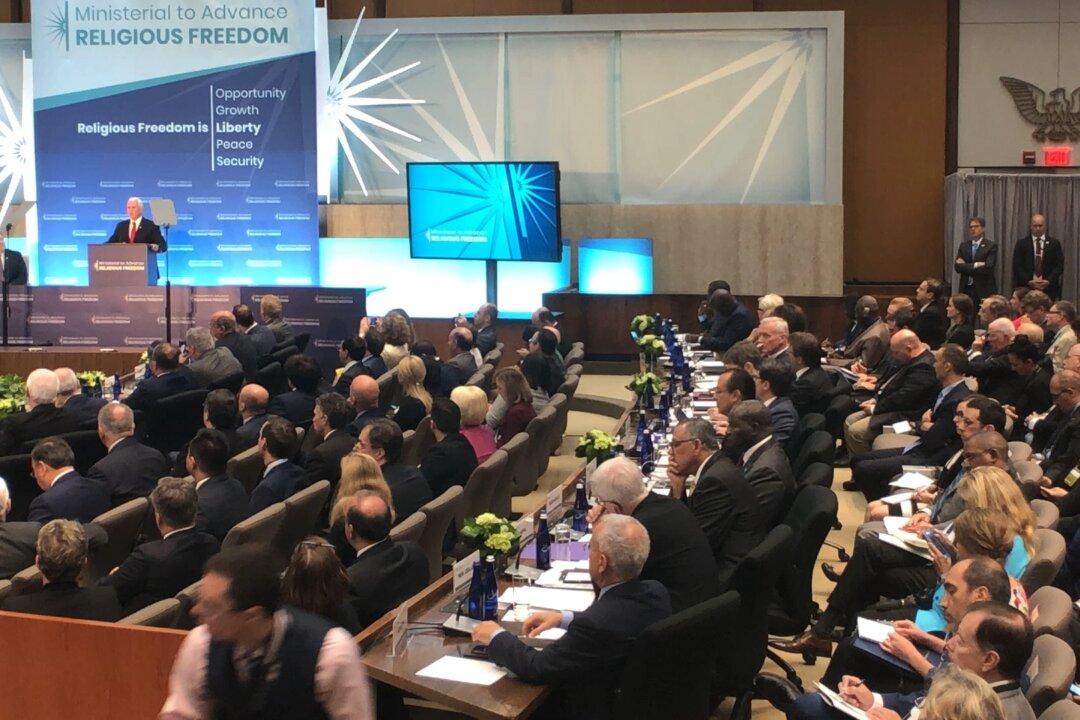WASHINGTON—When Congress returns to work after Labor Day, it will have three weeks to agree to a new budget for fiscal year 2016, which begins Oct. 1. Based on recent years, that task alone would be daunting, but is made even more so with the uproar over Planned Parenthood, with many Republicans determined to defund it. In this tumultuous environment, a government shutdown can’t be ruled out.
Robert Hale knows first-hand the costs in time and money of not being able to agree on a budget. As the principal adviser to three secretaries of defense on all budgetary and fiscal matters, including the development of the Defense Department’s annual budget of more than $600 billion, Hale was intimately involved in the budgetary planning and negotiations serving as the comptroller and chief financial officer from 2009 to 2014. In a new paper, “Budgetary turmoil at DOD from 2010 to 2014: A personal and professional journey,” Hale documents the losses from the turmoil and his own personal frustrations.
Hale is currently a fellow at the consulting firm Booz Allen Hamilton.
The paper is available at the Brookings website.
Published last month, the paper is timely. Even if a shutdown is averted this month, Hale shows the high costs in planning for it and the detrimental effects it can have on the military’s mission. He hopes that others will learn from his account and change the way they approach the budgetary process.
The budgetary turmoil also had adverse effects at federal agencies other than DOD, but Hale said he would confine his remarks to DOD, where he worked as comptroller under the secretary of defense and his deputy.
Hale spoke on Sept. 2 at the Brookings Institution, where he described the “colossal waste of time,” money, and negative impacts on mission and morale at DOD resulting from the “constant budget turmoil.” in the years he was comptroller. He had some advice, too, for Congress and the president on what must be done to avoid the harms caused by budgetary turmoil.
“As soon as possible … the president and Congress need to reach a two-year budget agreement that provides reasonable budgetary certainty,” he said. Later, after the 2016 election, an agreement is needed to end the current threats of “sequester cuts, government shutdowns, and budget delays.”
The Sequester and the Shutdown of 2013
Hale said two heavy blows struck in 2013 that he and his staff had to contend with: the sequester and the shutdown. The Budget Control Act of 2011 compelled that about $37 billion in defense funding be “sequestered” for FY 2013, which ended September 30. The law required that the cut be applied equally for about 2,500 line items.




